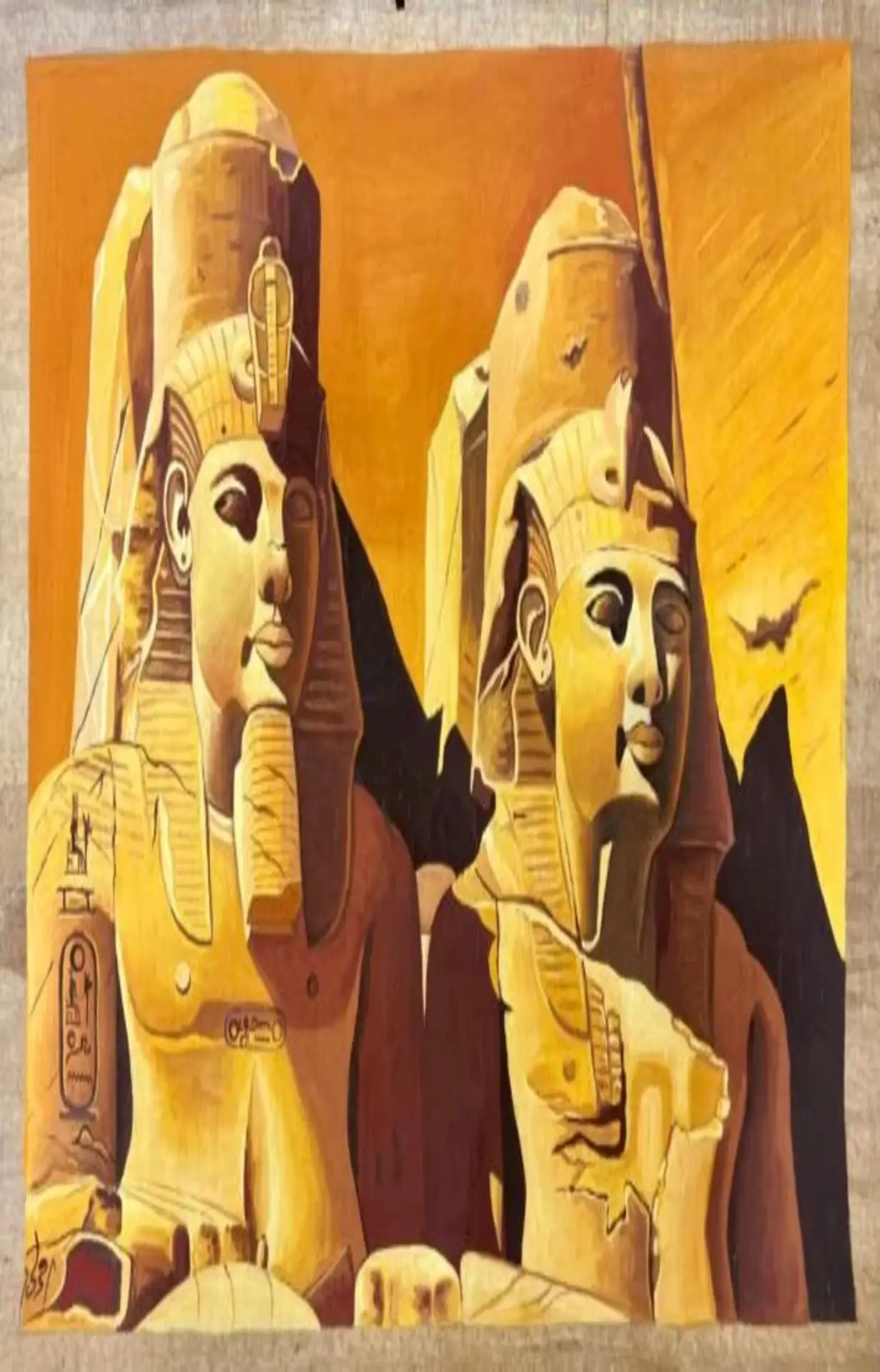The coronation of queen Nefertari
From 20,00 $
Queen Nefertari, the beloved wife of Pharaoh Ramses II, was one of the most prominent and influential queens of ancient Egypt. Her coronation as the Great Royal Wife was a significant event, reflecting her esteemed position and the deep affection Ramses II had for her.
Available Options
| Size | Price | Quantity | |
|---|---|---|---|
| 20*30 cm = 8*12 inch | 20,00 $ | ||
| 30*40 cm = 12*16 inch | 30,00 $ | ||
| 40*60 cm = 16*24 inch | 40,00 $ | ||
| 100*100 cm = 39*39 inch | 100,00 $ | ||
| 100*150 cm = 39*59 inch | 150,00 $ | ||
| 100*200 cm = 39*79 inch | 200,00 $ |
Description
Nefertari’s coronation likely took place shortly after Ramses II ascended the throne. As the Great Royal Wife, she was not only a consort but also a key political and diplomatic figure. Nefertari was highly educated, able to read and write hieroglyphs, which was a rare skill at the time. This education allowed her to engage in diplomatic correspondence with other royals, enhancing Egypt’s international relations.
During her coronation, Nefertari would have been adorned with elaborate jewelry and regal attire, befitting her status. The ceremony would have included various religious rituals to invoke the blessings of the gods, particularly the goddess Mut, to whom Nefertari was devoted. Her titles, such as “Lady of Grace,” “Sweet of Love,” and “Mistress of Upper and Lower Egypt,” were proclaimed, emphasizing her esteemed role.
Ramses II honored Nefertari by constructing a magnificent temple for her at Abu Simbel, next to his own colossal monument. This temple, dedicated to the goddess Hathor and Nefertari, symbolizes her divine status and the deep bond between the royal couple
Nefertari’s legacy is immortalized in her beautifully decorated tomb in the Valley of the Queens, which remains one of the most spectacular in Egypt.
Additional information
| Size | 20*30 cm = 8*12 inch, 30*40 cm = 12*16 inch, 40*60 cm = 16*24 inch, 100*100 cm = 39*39 inch, 100*150 cm = 39*59 inch, 100*200 cm = 39*79 inch |
|---|





